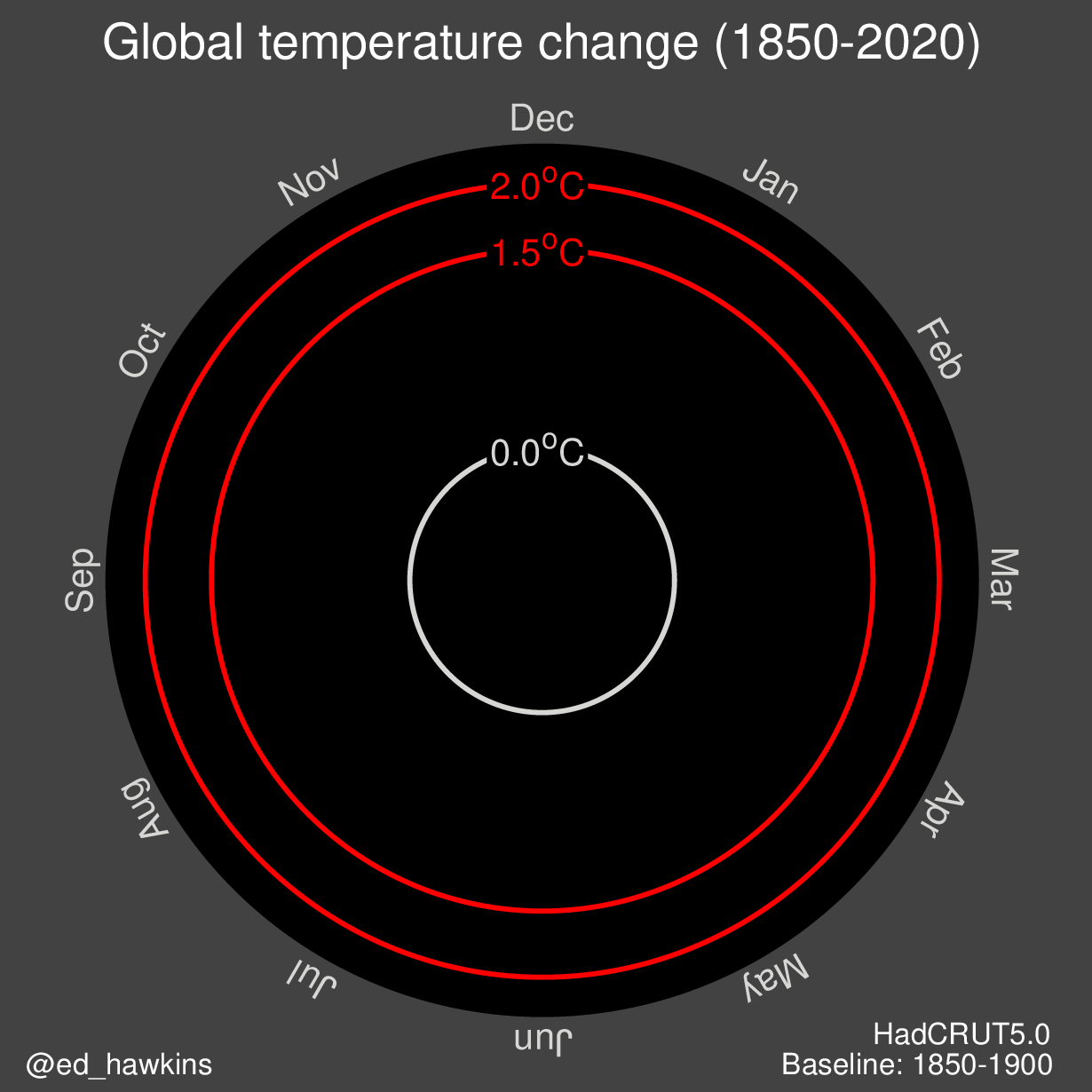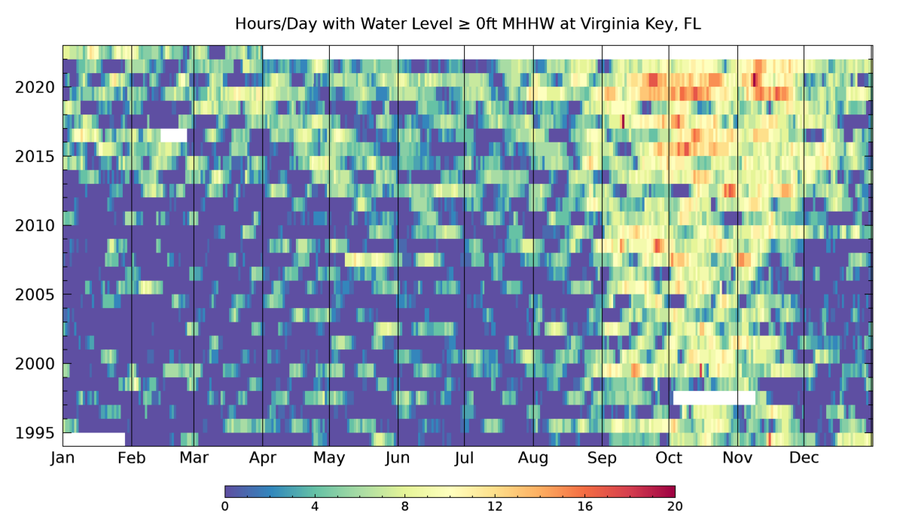It's been a year since I purchased my Fujifilm X-S10 and 16-80 mm. F4 WR lens. In that year, I've taken a couple of thousand pictures, so I have a better idea of what I can and can't do with the camera.
TL; DR: I really like the camera and I'm glad I bought it.
Likes
- The camera is solidly built and very comfortable to hold. With the large grip, I rarely worry about dropping it; something that kept me away from some of the other Fujifilm cameras.
- It's very easy to use. I started out using it in full Auto mode, which works well enough that you could use it for ninety percent of the time. Other standard modes (program, aperture priority, shutter priority, and manual) are easily accessible when you need them. I now usually shoot in aperture priority.
- Image quality is excellent, especially considering that it's not a full-frame camera. Colours are especially good. JPEGs out of the camera are good enough that most of the time I don't need to shoot in RAW format.
- Fuji's film simulations are wonderful. I especially like the ability to create your own. I have two that I've set up that mimic TriX 400 and Kodachrome 64.
- Controls and settings are highly customizable. For example, I remapped the video record button to display saved pictures, because I rarely shoot video.
- Both the camera and zoom lens have image stabilization, which means that I can shoot at ridiculously long shutter speeds in low light.
Dislikes
- The camera isn't weather sealed (the 16-80 zoom is), which has kept me from taking it out on a few occasions. Anecdotal reports indicate that it should be OK in mist or a light rain, but I wouldn't want to try using it in a heavy rain.
- The LCD resolution could be higher. My personal preference is for a tilting screen like on the X-T series cameras instead of the fully articulated screens. It's not that big a deal because I usually use the viewfinder outdoors.
- I would like a lock on the exposure compensation dial (back command dial), because I've under/overexposed several pictures because I didn't notice that I turned the dial. I may remap the left top control dial (now used for changing film simulations) to change exposure compensation.
- Fuji's menus could be easier to use. Part of my problem with them is that there are just so many features that can be tweaked. It would be nice, for example, if they colour-coded settings that were changed from the default.
- Battery life is not great. The camera is rated for about 325 shots on full charge, but I've never gotten anywhere near that. I do have a spare and have started using the electronic shutter instead of the mechanical one, which does seem to help a bit.
Lenses
I do wish Fujinon lenses were cheaper. Fortunately, we are now seeing more third-party lenses coming out, so that problem may go away.
I purchased the camera with the 16-80 mm. F4 WR zoom. It's equivalent to a 24-120 mmm. lens on a full-frame camera, which is a very useful range. The image quality is very good, especially in the middle zoom ranges and when the lens is stopped down a couple of stops. It's probably not as sharp as some of Fujifilm's prime lenses, but it's better than the 18-55 mm. zoom I had for my Nikon.
However, it is a bit large for my taste (72 mm. filter diameter) and weighs more than half a kilogram, which has deterred me from using it on a few occasions. So last month, I purchased a Fujinon 27 mm. F2.8 prime lens, equivalent to a 41 mm. lens on a full-frame camera. This is a very small lens (39 mm. filter diameter, same as most Leica lenses) weighing only 84 grams. It makes the camera much easier to carry around. It's also very sharp, noticeably crisper than the zoom.

In the future, I hope to get a wider angle prime lens, such as the new Vitrox 13 mm. F1.4 lens that has been getting some rave reviews. Also, I've been thinking about trading in the 16-80 mm. lens for something that has a longer reach, such as the new Tarmrom 18-300 mm. lens, but that will be at least a year down the road. My wife likes taking pictures of birds, but it might be cheaper just to buy another camera with a built-in long zoom. (I do have two older digital cameras with long zooms (a Fuji HS-10 and a Sony HX-10) but both have various issues that make them unsuitable for day-to-day use).












